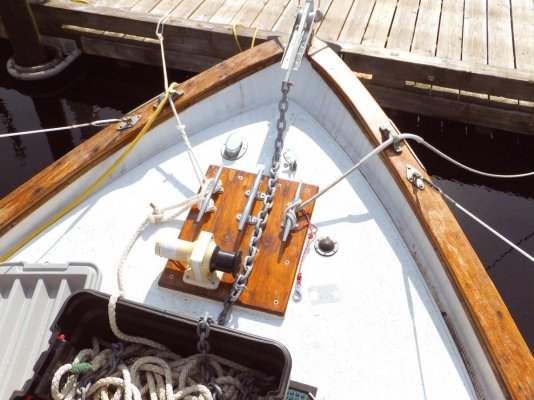waddenkruiser
Senior Member
@ bow all chain, @ stern chain + rope. 50+ meters each, 8 / 24 mm diam.
Was sufficient so far for our 40' / 18 tons.
Yes, we are normally anchoring only at fair weather. But was also tight once at surprising 40 knots wind over night ...
best regards / med venlig hilsen
wadden
Was sufficient so far for our 40' / 18 tons.
Yes, we are normally anchoring only at fair weather. But was also tight once at surprising 40 knots wind over night ...
best regards / med venlig hilsen
wadden

